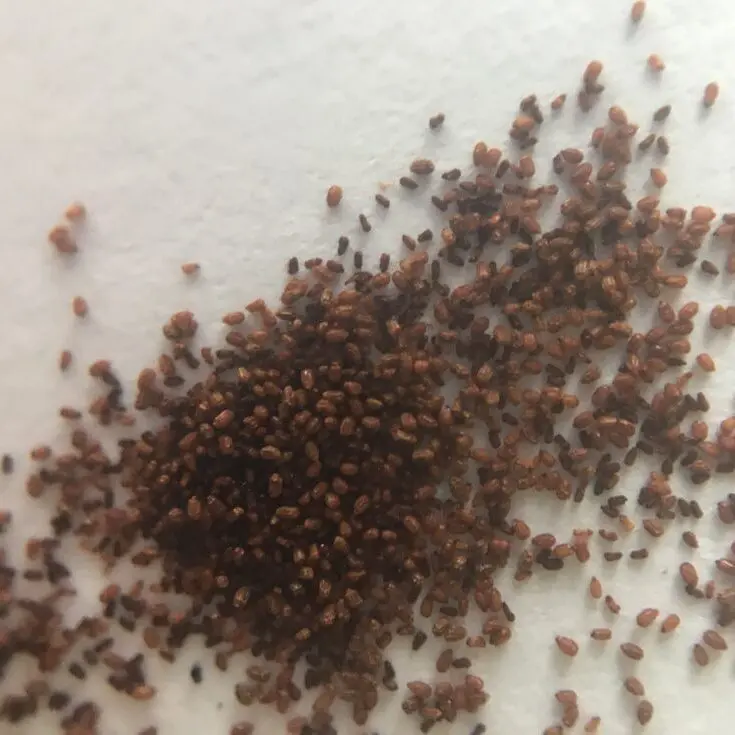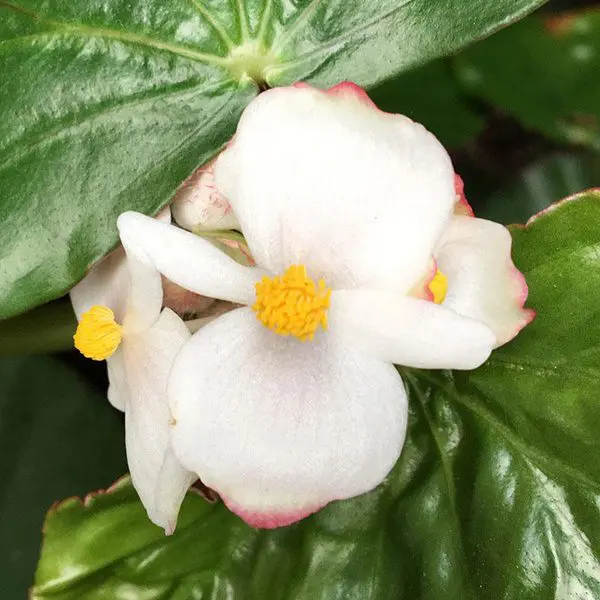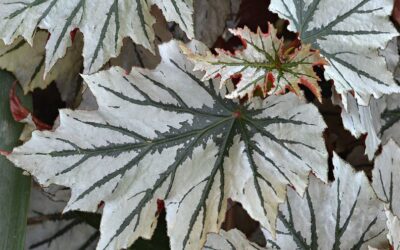A Short Overview
There are two truths to learning about pollination and the development of seeds. The simple truth is there is a very basic set of guidelines that you can follow to succeed in these areas.
The second truth is that there are countless variations on what you can do that make each experienced person an artist in this area. So first we will cover the basics, and then provide you with a library of techniques from other hybrid producers, and species conservation seed enthusiasts.
This is what a community is all about – sharing techniques so that everyone can get more enjoyment and success out of their plants.
About Seed Pollinating & Seed Collecting
Pollination
- First learn to identify male and female flowers. They usually do not come out on the plant at exactly the same time, so while you are learning to identify them, also pay attention to who comes out first and how long they last on your plant. Essentially, learn what time frame you have to work in.
- Once you know the flower types, the next thing is to learn when to pollinate. Usually it takes a day or two after opening before flowers become fertile. By waiting a day or so, the flowers will pollinate faster and more uniformly than if you are trying to use them the same day as they open.
- Male flowers have the pollen stored in the pom-pom like structure between the two petals. If the pollen is ready you can usually see pollen fall like dust if the flower is jostled.
-
- Female flowers have the stigma, and it is designed to provide a resting place and germination for pollen. Once you have placed pollen on the stigma, the rest happens microscopically, but you can tell by a couple key tell tale signs.
-
- Usually a pollinated female flower’s petals all wilt within a day or two, and then fall off (but the ovary remains attached). The same age female flowers, unpollinated, will continue to hold their petals for up to a week.
- If you pollinated a flower but something was incompatible, the female flower (ovary AND Petals) will usually drop off in the next few days.
See how other members go about pollination!
Seed Collecting
- If you pollinate a flower and it is developing seed, usually but not always, the petals wither and fall and the ovary remains on the plant, sometimes swelling noticeably, sometimes just holding on with little change in size.
- Somewhere around twenty (20) days later, the ovary will drop or dry while still attached to the stalk. How long it takes to reach this point depends on a number of different factors from temperature, to light level, to what cross was made; each species of Begonia is a little bit different in timing.
- Once the pod begins to dry out, you need to harvest it right away, do not let it sit because it will split open and all that seed will fall out if you don’t remove it, label it, and allow it to dry out indoors in a dry, breeze free protected location. (Remember Begonia seed pods are fascinating to children and dogs, and make great cat toys, so you need to hide them well!)
- Cleaning seed is simply removing the dust-like seed from the papery seed pod and separating the two. The pod is discarded once the seed is harvested, but there are a lot of different ways to do that, so read from our members on how they do it!
Seed Storing
- Once the seed is dried you’ll want to store it in paper, labelled, and protected from disturbance.
- In storage, there are two main enemies of Begonia seed:
-
- Heat – sunlight or temperature extremes dry out the seed and kill the tiny embryos, so keep seed out of heat and keep it in a cool location. In general a refrigerator keeps things around 37°- 42° degrees F (3°-5°C). Consider a plastic container to hold packages of seed and some silica packets to keep humidity low.
- Moisture – dry, cool seed is best, moisture simply leads to rot and fungus. So dry your seed well before storing and keep it dry with silica packets in a sealed container.
What to do with your seed?
Learn More about Growing from Seed
More Information
Seed Creating
Creating seed is both necessary and fun. It is necessary to keep our beloved species in...
Hybridizing 101
Hybridizing is more than just putting pollen to the stigma and planting the resulting seeds. Hybridizing can create new beauty and offers a challenge to even the most experienced grower. Anyone with the room to grow seedlings and time to watch them to maturity can become a hybridizer.









